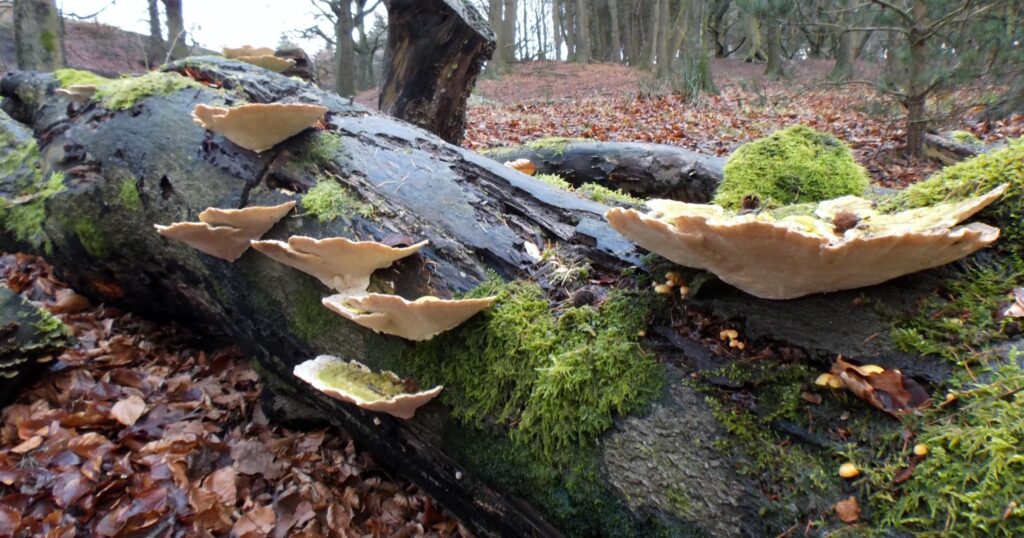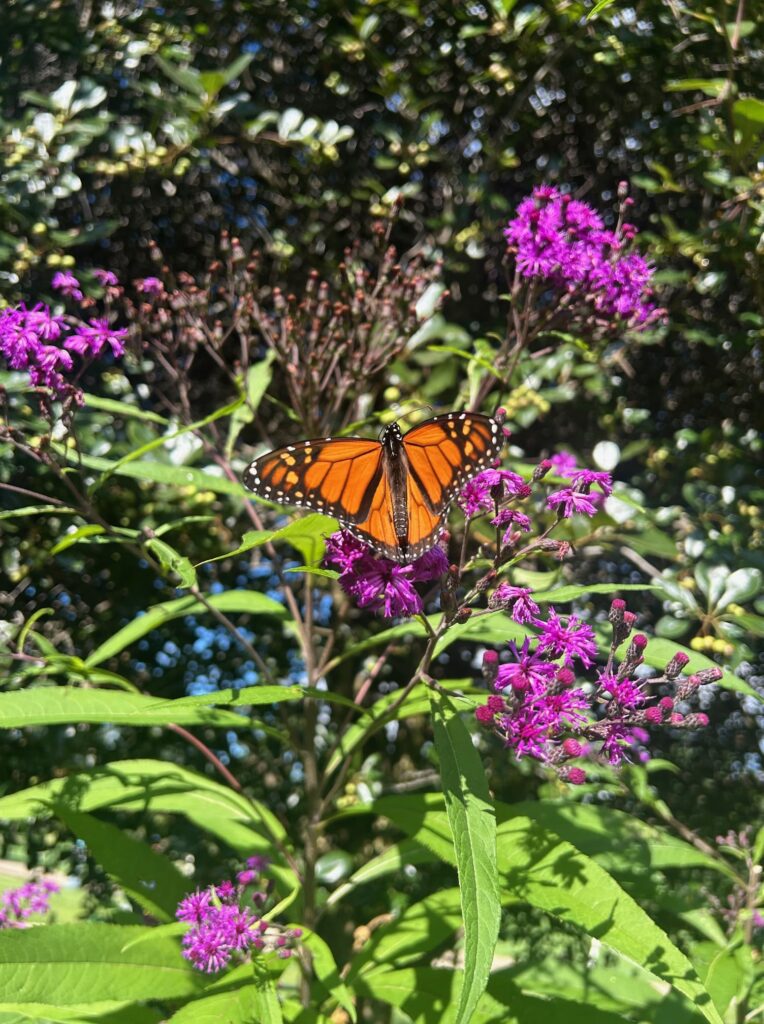Fisheries provide a hugely important source of food and livelihoods for hundreds of millions of people around the world. As the global population grows, this source of food and livelihoods will become even more important but world fisheries production has already peaked.
Aquaculture has increased and will continue to do so, but projected aquaculture growth will not easily cover the gap between supply and demand for seafood. Making the best we can of this situation means taking better care of our coasts and oceans. Fishing and mariculture industries are limited by the environmental damage they cause as well as the other damage from human activities, particularly pollution and coastal development. Ecologists and biologists have detailed the problems caused by ocean acidification from excess carbon in the atmosphere, the massive amounts of plastic suspended throughout the water column in the world’s oceans, dead zones, overfishing, problems caused by runoff and chemicals used in aquaculture and so on.

Enabling our marine environments to be as productive as possible requires persuading humans to cause less damage. Moreover, policies to protect the environment should be equitable in their treatment of the people impacted and align with economic development and other government policies. So the understanding of society is clearly central to the conservation of marine and coastal environments.
Public administration thus requires understanding the humans as well as the non-humans in ecological systems. However, the knowledge we base resource management and conservation policy upon is mostly biological and to a lesser extent economic. Other disciplines have largely not been used to inform marine conservation and resource management policies. In addition, with a lack of reliable knowledge about how particular environmental policies will affect people, politicians and bureaucrats in decision-making roles have settled for policy directions based on the available knowledge plus their best guesses. With an insufficient evidence base, it is also possibly easier for them to choose the path that suits their ideological bent – or that which seems most politically expedient.
Since the 1987 Brundtland Commission Report, Our Common Future, sustainability has been an important policy principle internationally. Since the 1990s it has been widely accepted that sustainability rests equally on three pillars: environmental, economic and social. Yet governments and researchers have struggled with how to bring together the disparate knowledge about the human and non-human elements of the environment. At first, a common response was to have standalone environmental, social and economic impact assessments. However, it is hard to bring reports done independently and with different disciplinary perspectives together into a coherent policy vision. So usually the biological or the economic (or the politically expedient) route was taken, and the social was more or less ignored. Understandings of social aspects of sustainability are much less well explored than biological or economic aspects of sustainability. There have been fewer researchers working in the social sustainability area and fewer established methods for working out what are the social aspects of sustainability and how to evaluate them.
Problems with the lack of understanding about the social aspects of sustainability have emerged. Fisheries policies such as individual transferable quotas that seem to protect the environment better and to make fisheries more economically viable have vocal opponents because they tend to drive out small operators and consolidate fisheries into the hands of a few large companies. Small-scale fisheries make up the social fabric of many coastal communities around the world. There has been a strong push to find policies that foster small-scale fisheries because of the food security and livelihood benefits they bring coastal communities, especially for the tens of millions of poorer people in less wealthy countries.
Some, including fisheries scientist Daniel Pauly, argue that small-scale fisheries are environmentally and economically better than large-scale industrial fisheries. The United Nations Food and Agriculture Organization (FAO) in 2015 released a set of International Guidelines on Securing Sustainable Small-Scale Fisheries. Small-scale fisheries can be a particular challenge to regulate since they are often informal. It is often not feasible to consider monitoring the fishery and enforcing regulations through the usual fisheries methods of keeping records of catches and having fishing vessels registered and licensed. To try to better understand the most effective ways to manage fisheries in terms of conservation as well as food production and economic and social development, researchers have been working in recent years to develop cross-disciplinary, integrated knowledge about the human and nonhuman elements of marine and coastal ecosystems.

One approach that has been tried is to have teams of scientists with different skills – ecologists, economists, social scientists – work with fishing communities to map out their varied concerns and interests in the local marine environment. Through this process, it is possible to work out how different conservation policies would impact stakeholders differently – both economically and socially. Having people involved in the process also helps them understand the trade-offs involved in conservation policy choices, which is another big social challenge for conservation. Inevitably some people will feel disadvantaged by conservation measures, but if they see the overall benefits and thus accept the measures as legitimate and so comply with them the policy is much more likely to succeed.
On the other hand, people often do not accept that conservation measures are on the whole beneficial so they ignore them or agitate politically until the measures are weakened or reversed. This problem has arisen again and again for protected marine areas internationally. Participatory and deeply collaborative approaches between the people affected, socially aware researchers and policymakers are really important for securing effective conservation. Projects along these lines have been conducted in East Africa involving researchers in a group called Ecosystem Services for Poverty Alleviation, and also for the Ningaloo reef off northern Western Australia by scientists from the CSIRO (Commonwealth Science and Industry Research Organization).
Another really important way to improve understanding of the social aspects of conservation is to conduct a gender analysis. Fisheries have tended to be particularly blind to gendered issues affecting operations because of preconceptions that ‘fishing’ occurs on fishing vessels, which are often predominantly male environments. Many reports worldwide have countered this by pointing out that gleaning in the intertidal zone, often conducted by women, is also really important ecologically in terms of the total amount of animals and plants taken from the environment, and socially in terms of food and livelihoods.
Emerging researcher Dr Danika Kleiber, who is both an ecologist and a gender studies scholar, has highlighted this really convincingly regarding fisheries in the Philippines. When we look beyond actual fishing, moreover, to the whole social context that shapes and enables fishing, the roles of women and the influences of gender relations become really clear. In recent years, the World Fish Centre has in some of its programs taken a gender-aware approach to work with communities for sustainable fisheries and aquaculture development. They have done this through revising their methods for working with communities so as to encourage men and women to enable women’s perspectives to be included in decision-making about the usage of resources. Without a gender-aware approach attempts at community development can miss the mark, since they may result in increased workloads for women, possibly exacerbate problems of violence against women, and increased incomes may not end up benefiting women – and therefore not amount to ‘development’ for half the population. Gender awareness is crucial for the social aspects of sustainability.

The concept of ‘wellbeing’ is being used increasingly in social measurement and planning, including in fisheries management and conservation. Wellbeing is a rounded idea of how individuals or communities are tracking against development goals or how they respond to a change in policy. Building on decades of ‘quality of life’ research that showed deficiencies in simply looking at income levels or assets, this approach recognizes that to have well being involves intangible aspects as well as tangible ones. So in measuring wellbeing it is important to look at the combined elements of material well-being (including incomes, assets and also health status and so on), relational well-being (how well important relationships function to support people, within their communities but also outside to politicians and other powerful people who affect their lives), and subjective wellbeing (how people feel about their lives). Well-being can be used to address the social aspects of conservation policy in various ways. It can be used to track social impacts, by measuring the baseline wellbeing of a community before a policy is introduced and then again afterwards. It can also be used as a framework for setting social and economic goals as part of a conservation policy. For example, in implementing conservation measures, there could be indicators set for biological goals to achieve and also social and economic goals related to sustainability, or to alternative livelihoods if fishing is reduced. These could be measured through employment and income levels, levels of life satisfaction and evaluation of how well social relationships are supporting people in fishing communities.
The whole process of initiating and implementing conservation policy can also be studied as a social process with the aim of finding out how to do it better. The idea of ‘interactive governance’ has been used to gain an overview of the reasons people fish the way they do, and why they respond as they do to conservation measures. Some of the things to consider in the governance of marine resources include diversity, complexity, dynamics and scale. The more diverse and complex and the larger the scale of a fishery the more difficult it can be to govern well. The dynamics are the different human and non-human processes that drive the fishery, such as high market demand, or climate change. A governance analysis involves looking at the policy instruments of governments to see how well they fit the fishery. It is also important to consider what mode of governance best suits the social conditions of a particular fishery. Will self-management be effective for conservation, or is government intervention needed? With government management, will hierarchical top-down methods work well, or does that result in subversion and resistance by fishers? Can collaborative co-management between government and fishers be achieved, and if so how? The socio-economic development context of each fishery affects the possibilities for different modes of governance. How well resourced is the fisheries agency? Do fishing people have feasible access to alternative livelihoods if fishing is restricted for conservation purposes? Are there sufficient financial and other business support services available for fishers to enable them to make the best value from the seafood they catch?
Or are they limited to low-value options through factors such as lack of livelihood skills to explore different business models, and local infrastructure for processing and transport of perishable seafood?
Marine ecologies without humans are complex and once we add humans they become even more difficult to understand and steer in sustainable directions. But we have no choice. To manage marine ecologies simply through working out what is best for the non-human elements, making some rules based on that and trying to get humans to stick to those rules has not worked. Humans have their own concerns and drivers in interacting with marine ecologies, and effectively influencing humans to be less damaging to the marine environment means understanding and engaging with those concerns and drivers. It’s a ‘big ask’ to expect single researchers to be able to grasp all the varied human and nonhuman elements of marine ecologies for the purpose of conserving them better. The job requires teams of researchers with different skills to work together. In recent years, groups of researchers in different places around the world have started making exciting progress in this direction. Let’s hope more researchers decide to join this messy and difficult but important field of study so that it can snowball and help turn the tide towards more sustainable use of marine environments.






